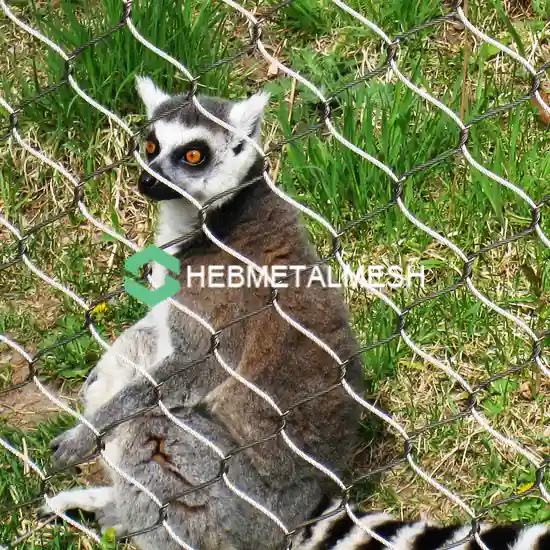As humans, we love to watch animals in their natural habitats. We take our children to the zoo, hoping to teach them about the beauty and diversity of the animal kingdom. However, many zoos and animal sanctuaries have been criticized for their treatment of animals, especially in terms of their living conditions. One animal that has often been at the center of this controversy is the monkey enclosure. In order to build a better understanding of the importance of a healthy and enriching environment for these creatures in captivity, we must first explore the importance of the species to our ecosystem.
Monkeys are social creatures that play a critical role in maintaining the balance of the natural world. They are often responsible for seed dispersal, which helps ensure the growth and spread of plant life. They also serve as prey for predators like big cats, which plays a critical role in helping to control predator populations. While we know that monkeys have an important role in our ecosystem, it’s important to understand that when these creatures are placed in unnatural “enclosures,” they face unique challenges.

One of the biggest challenges faced by monkeys in captivity is the limitation of their natural behaviors. In the wild, monkeys are able to move freely and engage in complex social behaviors. They’re able to forage for food, groom each other, and explore their surroundings. When confined to small enclosures, these natural behaviors are often severely limited. As a result, the monkeys become bored, depressed, and even aggressive. This leads to a lack of overall health and well-being.
One way to combat this is to ensure that the monkey enclosure is designed with their natural behaviors in mind. At a minimum, these enclosures should have ample space for the monkeys to move around, as well as plenty of climbing and exploration opportunities. Additionally, the monkeys’ cages should be outfitted with a variety of toys and interactive items that will keep them engaged and mentally stimulated. For example, hiding food inside interactive puzzles or games can be a great way to stimulate their minds while also providing nourishment.
Another important consideration when it comes to enclosure design is the need for natural lighting and ventilation. Monkeys are used to living in environments with natural daylight, and without access to this, they can become quite unhealthy. In addition, poor ventilation can lead to the buildup of toxins and bacteria, which can negatively impact the overall health of the monkeys.
Finally, a healthy and enriching environment for monkeys is only possible with proper care and attention from skilled professionals. Ideally, these professionals should have extensive experience working with monkeys and be able to identify the unique needs of each animal in their care. They should be able to observe and understand each monkey’s individual behavior, as well as know how to provide proper nutrition and medical care.
In conclusion, the importance of creating a healthy and enriching habitat for monkeys in enclosures cannot be overstated. By working to provide these creatures with natural environments that are designed with their unique needs in mind, we can help ensure they have long and healthy lives. Monkeys play a critical role in maintaining the balance of our ecosystem, and it’s our responsibility to care for them in kind.

